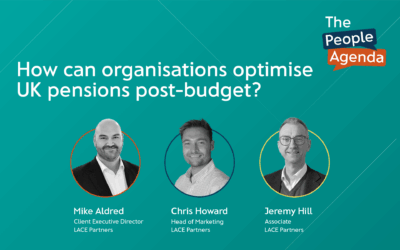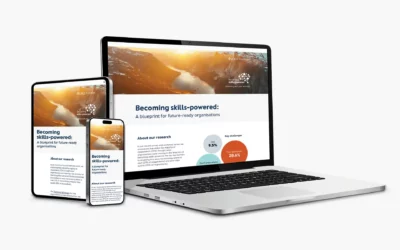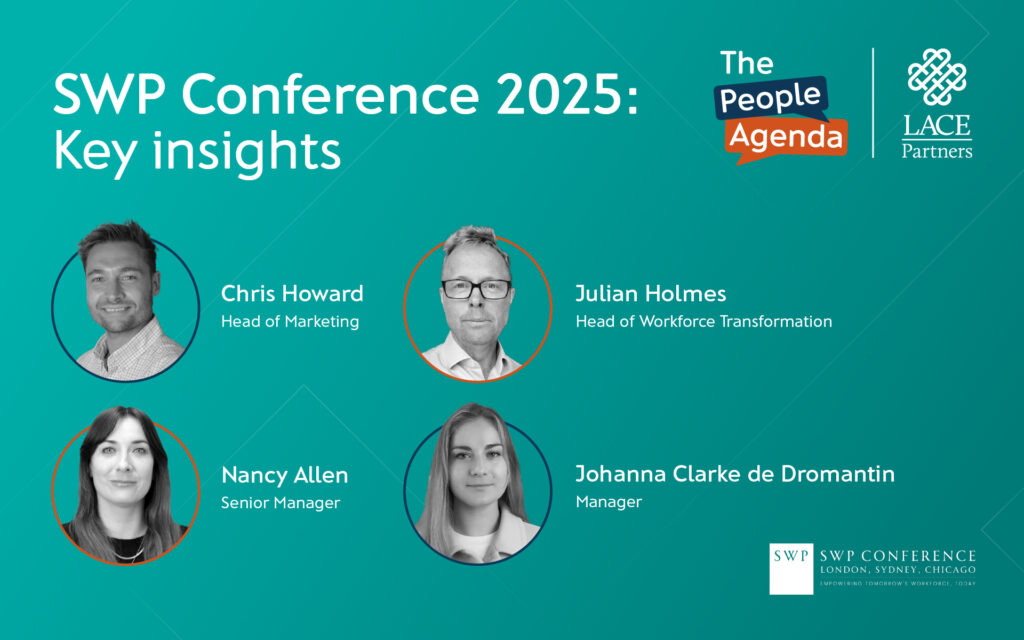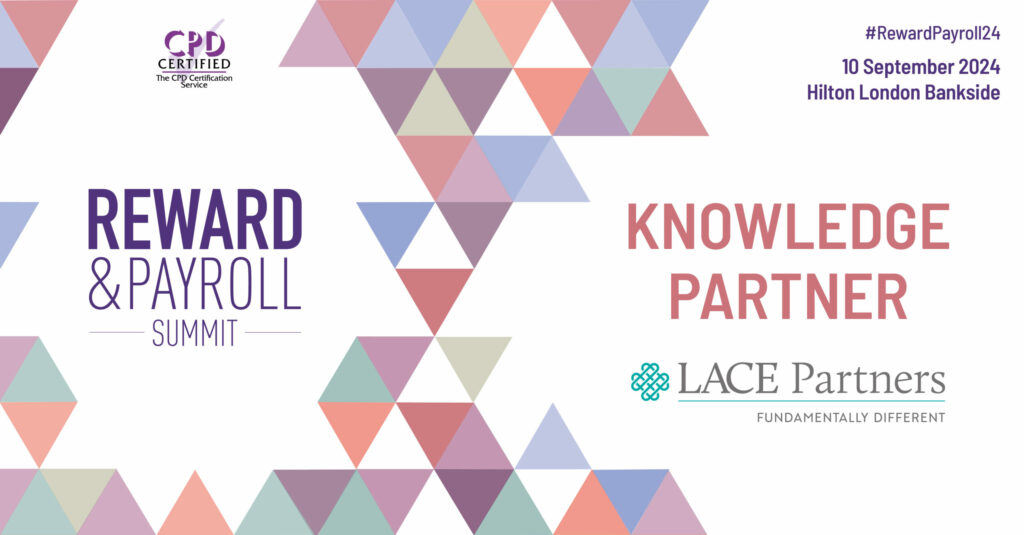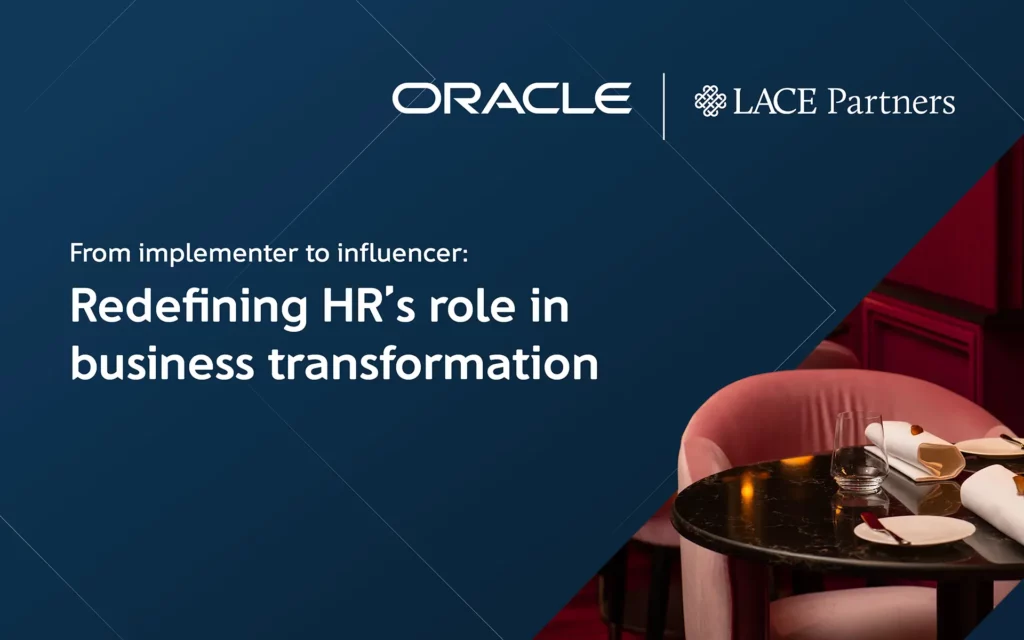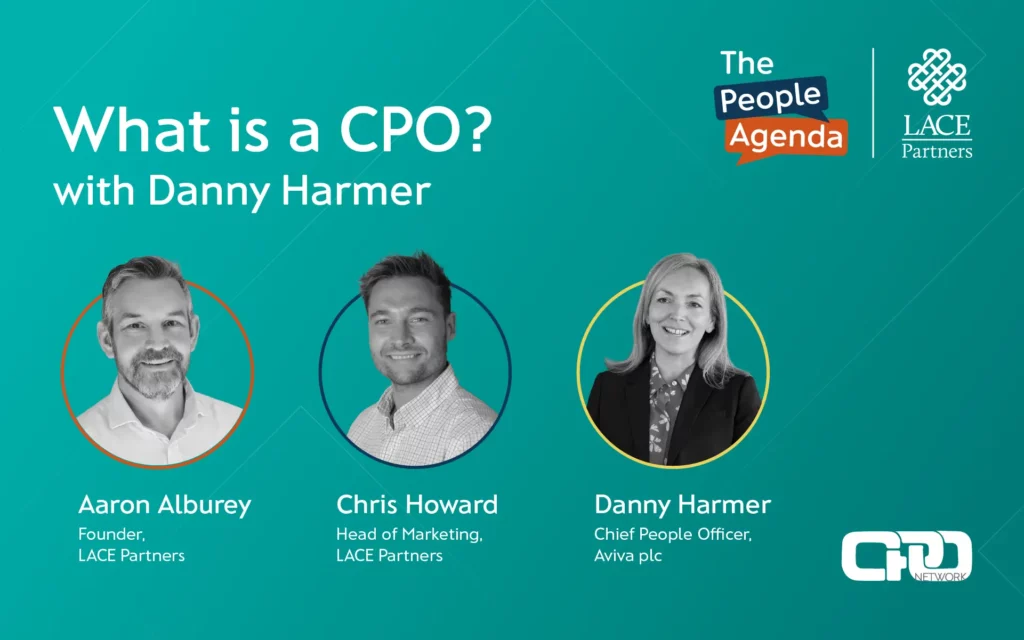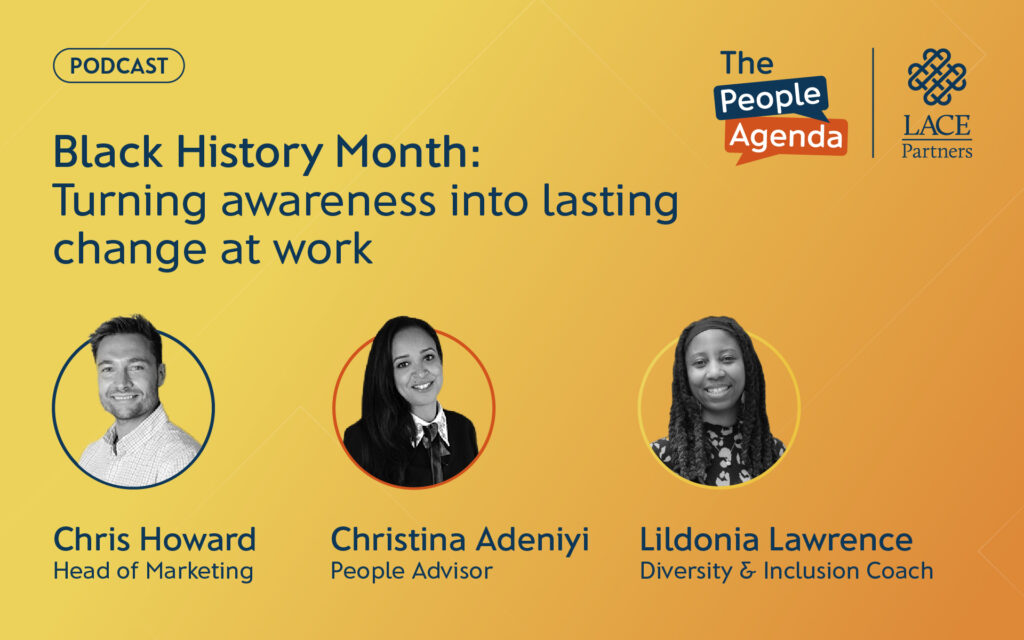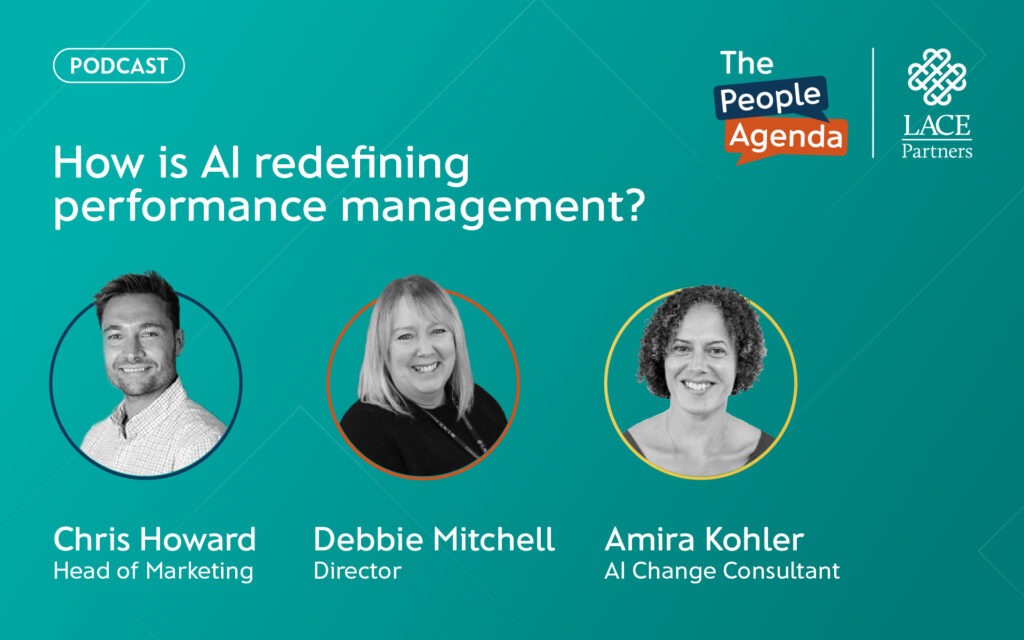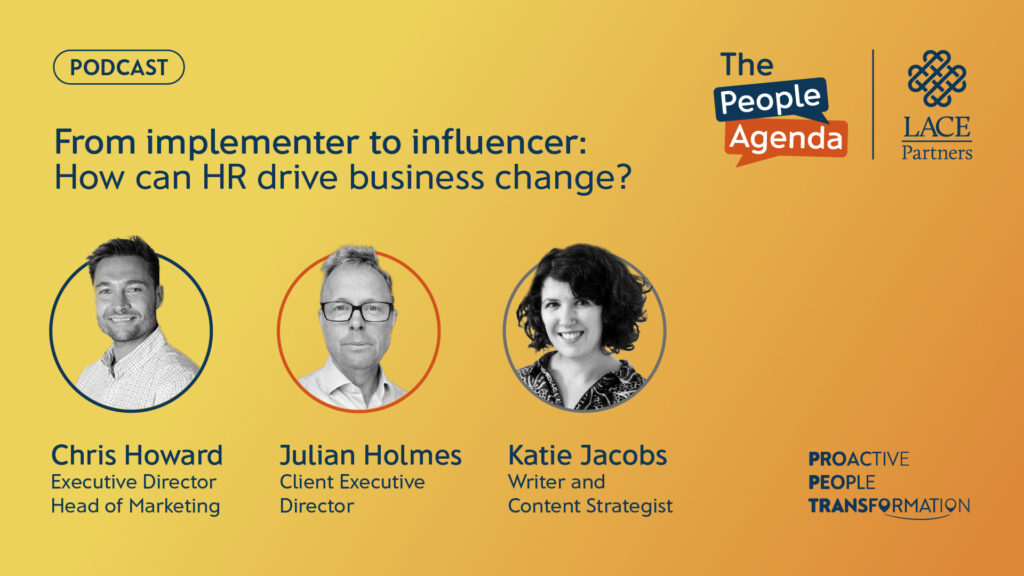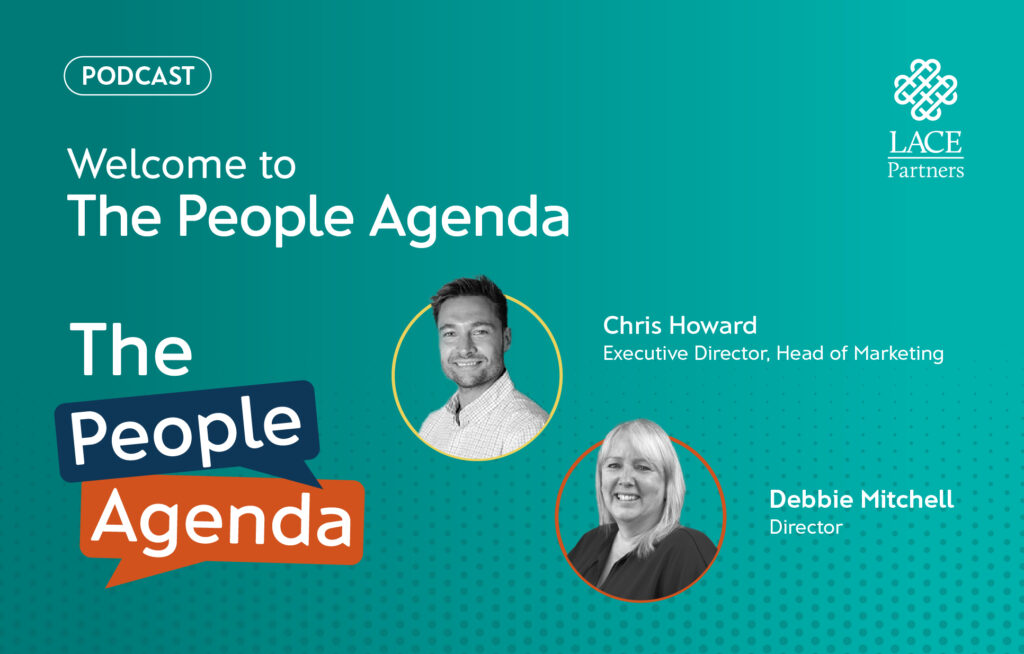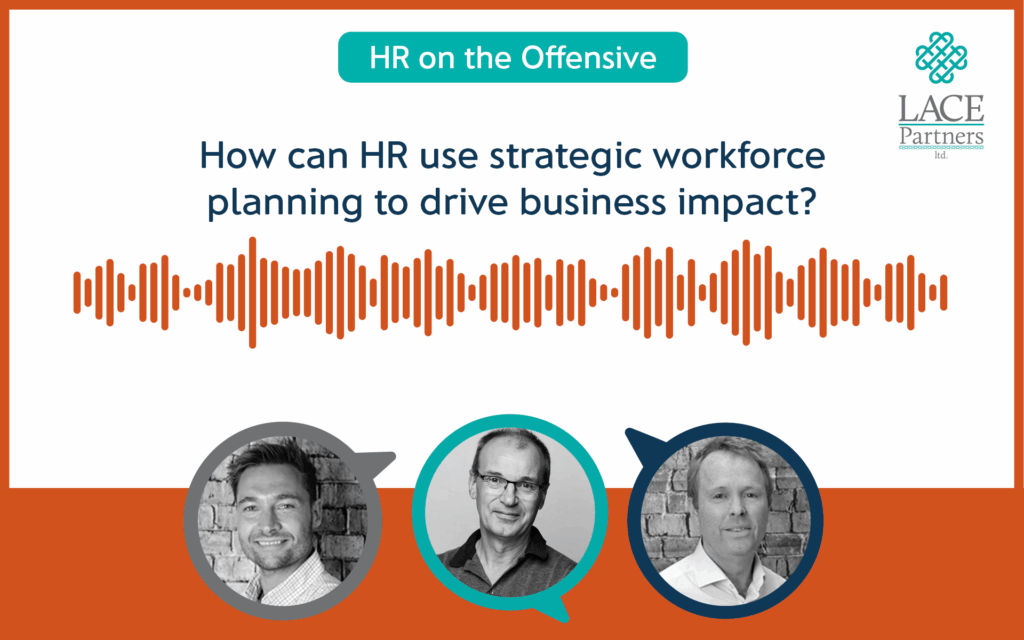We recently hosted an insightful workshop on strategic workforce planning (SWP), bringing together industry leaders to discuss the future of workforce management, specifically the impact that SWP can have on organisations looking to future-proof their business models, including skills-based organisations.
We have talked about approaches to becoming skills-powered in our campaign, as well as the relationship it has with SWP. Combining insights from the campaign and our recent workshop this article by Johanna Clarke de Dromantin talks us through how to work smoothly through the phases of your workforce plan. If you’d like more information on choosing an approach to SWP, check out the sister article here.
Innovation to weather the storm
If you know the Gartner Hype Cycle, you’re familiar with its five stages that track the maturity, relevance, and adoption of new and established innovations. At LACE, we see organisations’ approach to strategic workforce planning (SWP) following a similar path. In this blog, we’ll break down each stage and provide practical “next steps” questions to guide your SWP journey.
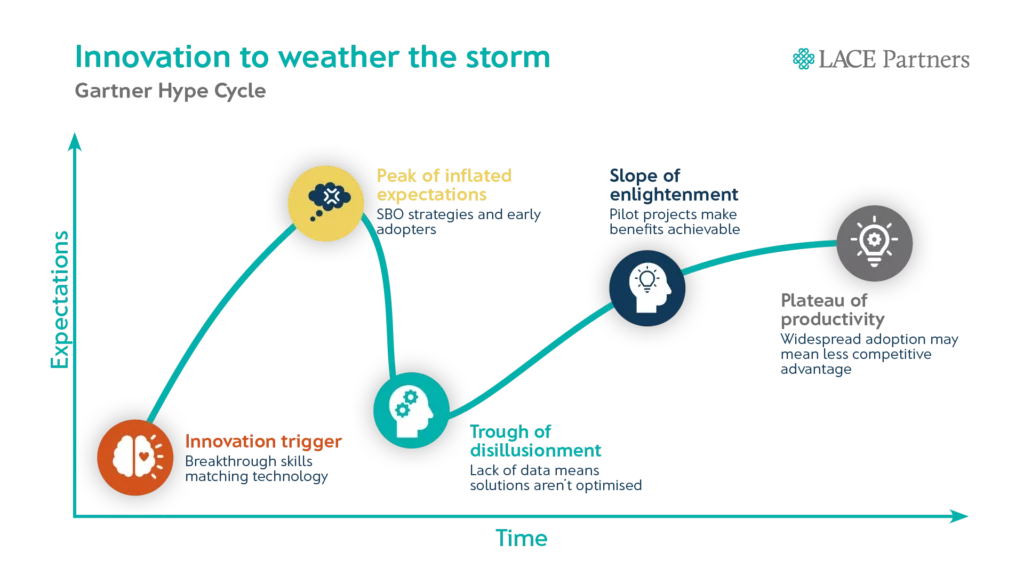
1. Innovation trigger
This is where the organisation first recognises the need for strategic workforce planning, often triggered by rapid job evolution, labour shortages and evolving business ambitions of being growth – or cost-focused. Many organisations are prompted into action by pain points such as filling skills gaps to fulfil their growth agenda. This phase is often characterised by high energy around launching SWP, but there is no clear path forward yet.
If your business is at this stage, ask yourself the following in relation to your approach to SWP:
- Do we have clarity on the outcomes we expect SWP to drive?
- What critical skills are emerging as gaps or risks?
- What workforce data do we currently have access to and what are we missing?
2. Peak of inflated expectations
Leaders may overestimate how quickly SWP will solve business issues. There’s a belief it will immediately transform talent strategy or predict the future needs of the whole business with precision. We explored how, here, it is key at this stage to focus and prioritise critical areas of the business that provide the most value, showing incremental yet impactful results early on, tackling the problem in stages rather than trying to solve everything at once. It is important to align SWP to business priorities and integrate it into the governance structure.
If your business is at this stage, ask yourself the following in relation to your approach to SWP:
- Do stakeholders understand their roles in delivering and using SWP outputs?
- What quick wins or pilots can we focus on to prove value without overcommitting?
- Are our expectations for SWP realistic given our current data, systems, and maturity?
3. Trough of disillusionment
Initial results can be underwhelming, especially as data quality issues emerge and foundational issues become apparent, workforce plans are not always immediately actionable and HR can feel overwhelmed with the added responsibility.
The hype gives way to frustration. This stage resonated with attendees who shared challenges in aligning Finance, HR, and the business, especially where there are legacy models and rigid organisational structures in place. A lot of stakeholder management and buy-in takes up energy, stalling momentum.
If your business is at this stage, ask yourself the following in relation to your approach to SWP:
- What’s not working, and why? Are the issues related to process, people, or priorities?
- What business challenge or use case could help us demonstrate value now?
- Have we engaged the right stakeholders across Finance, Operations, and Strategy?
4. Slope of enlightenment
Organisations begin to focus on practical, achievable actions – piloting SWP in targeted areas, improving collaboration, and linking it to real business challenges. Success in pilot areas creates moments of buy-in as benefits become tangible. Success stories emerged where HR worked closely with Finance and business leaders to influence decisions.
If your business is at this stage, ask yourself the following in relation to your approach to SWP:
- What business questions are we now able to answer that we couldn’t before?
- How do we scale what’s working without losing focus or quality?
- How can we better connect SWP to other cycles (e.g. budgeting, strategy, transformation)?
5. Plateau of productivity
In this stage, SWP becomes embedded as a business process, not just an HR initiative. It’s linked to growth planning, scenario modelling, and skill-based workforce decisions. It may lose some “buzz,” but becomes critical to long-term success. This is where organisations are able to stay ahead of talent risks.
If your business is at this stage, ask yourself the following in relation to your approach to SWP:
- Where can we innovate further or push the boundary of what SWP can do for us?
- How do we measure the business impact of SWP and is it visible to leadership?
- How are we using SWP to support wider transformation agendas such as digital or M&A?
From innovation trigger to productivity plateau
Your journey through SWP isn’t a linear path, but rather a dynamic evolution often mirroring the stages of the Gartner Hype Cycle. From the initial “Innovation trigger” where the need for SWP first sparks, through the potential “Trough of disillusionment” where data challenges and misalignment can arise, to ultimately reaching the “Plateau of productivity” where SWP becomes an embedded, strategic business process – each phase presents unique opportunities and hurdles.
The key takeaway is that understanding your current stage and anticipating the next is crucial for sustainable success. Whether you’re just recognising the need for SWP, grappling with initial expectations, or striving to make it a core part of your strategic decision-making, continuous adaptation, data integrity, strong stakeholder alignment, and a focus on tangible outcomes are paramount. SWP isn’t just an HR initiative; it’s a critical tool for future-proofing your entire organisation against constant change and ensuring your talent blueprint truly powers business growth.
If you’re looking for support on how to navigate your SWP journey, reach out to us today by filling in the form below.


